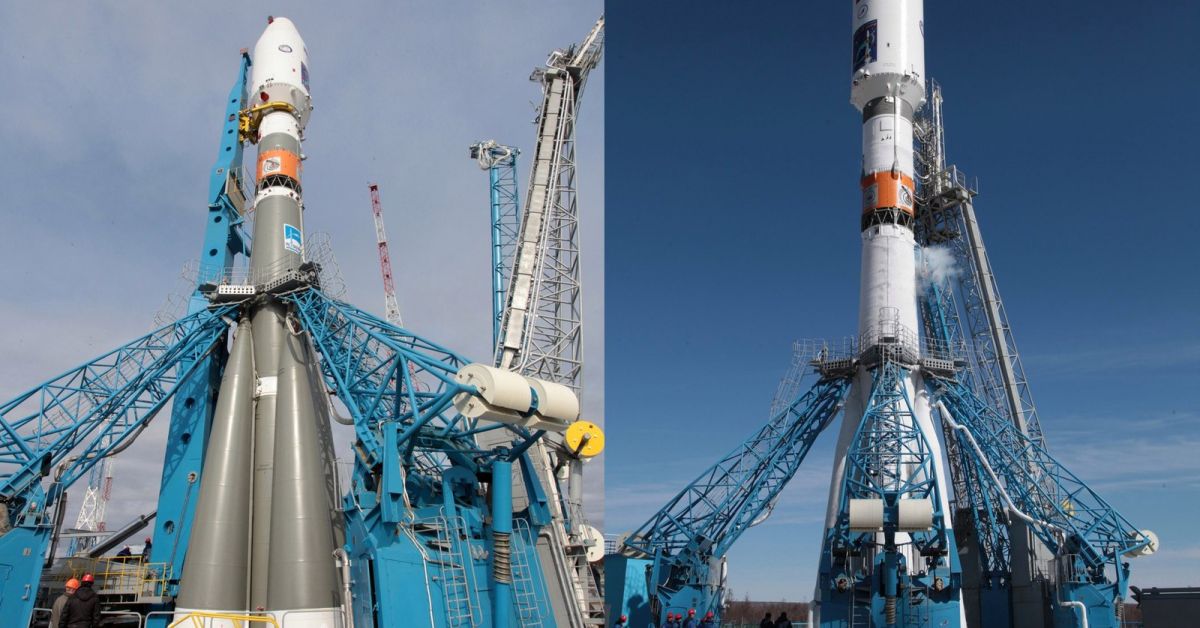All the rockets launched from the Plesetsk cosmodrome in Russia are called Tanya, because legend has it that if the rocket does not bear this female name, the launch will not be successful. It all started in the 1970s, explains in a video for Russia Today the head of the Plesetsk spaceport research group Petar Potapov.
Then a lieutenant, wanting to express his love for his girlfriend, wrote her name on a rocket that was to be launched into space that day. However, according to Potapov, the then commander, whose name he no longer remembers, seeing the inscription on the rocket, ordered its name to be deleted before the launch. “Since the launch was unsuccessful, the name Tanya has been present on every rocket since then, fortunately,” Potapov added.
He also says that he has held this position for more than 10 years, during which he has participated in more than 30 launches and each rocket says “Tanya”. The spaceport itself was created in the late 1950s to launch R7 intercontinental ballistic missiles. From this rocket began the entire Soviet space program, and Plesetsk became a secret base for launching spy satellites. It was only after the collapse of the Soviet Union, when Kazakhstan began charging $ 115 million a year for the use of Baikonur, that Plesetsk’s popularity grew.
It is extremely interesting to note that the Councils categorically deny the very existence of launch sites at this location. In 1966, however, a physics teacher at a British school tracked the orbit of the Cosmos 112 satellite and concluded that it had not been launched by Baikonur. Three years later, the Finns managed to film the launch of a satellite. After the end of the Cold War, it turned out that the CIA suspected the existence of silos for launching intercontinental missiles in the late 1950s, which means that information about the project was leaked from the beginning.












